A contribution by Annika Graaf-Rau
From 4 to 6 June 2025, the HIOH Department “Pathogen Evolution” led by Prof. Dr. Sébastien Calvignac-Spencer conducted a combined retreat and sampling mission at the Institute of Pathology of the University of Veterinary Medicine Vienna — our key collaboration partner for accessing and studying historical pathological specimens in veterinary medicine. The visit focused on collecting around 60 historical tissue samples for molecular genetic analyses related to animal disease research, while also offering time for internal discussions on lab optimization, project development, and team building.

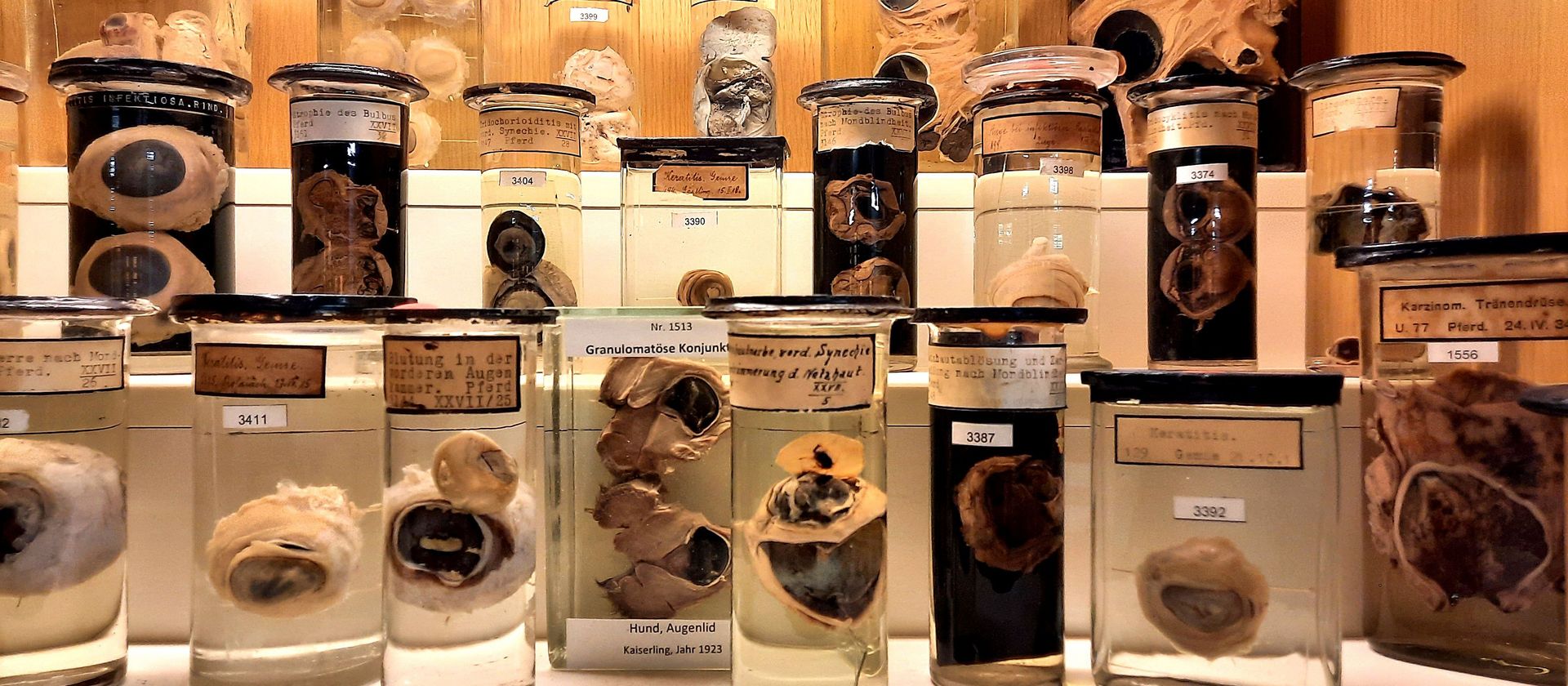
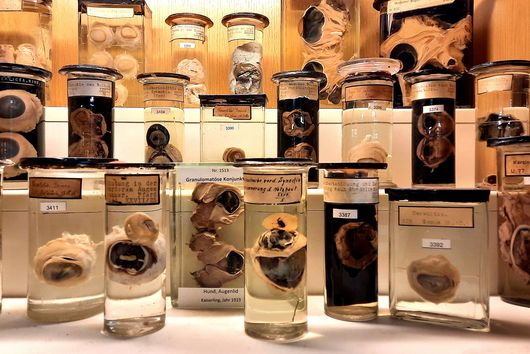
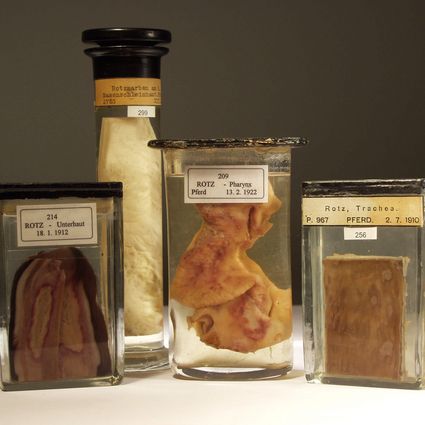
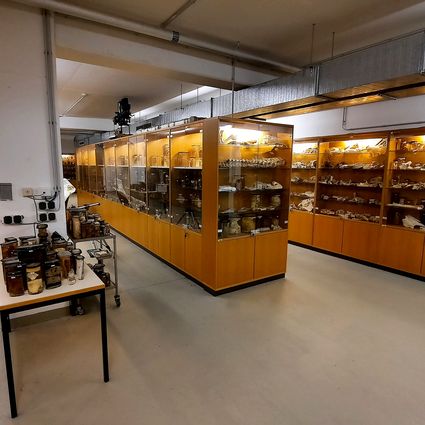

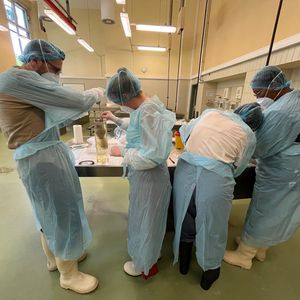
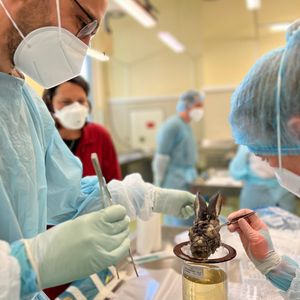
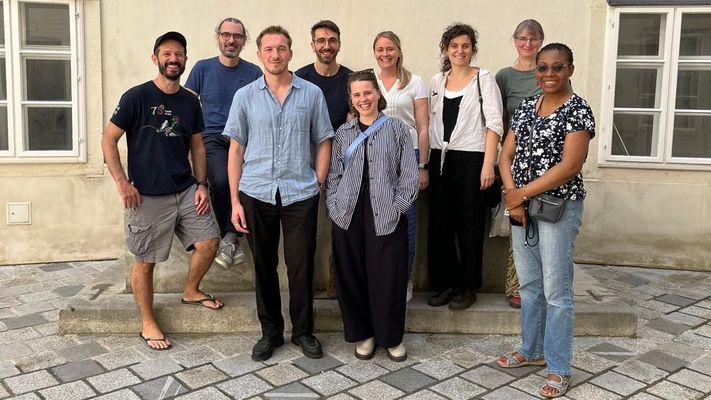


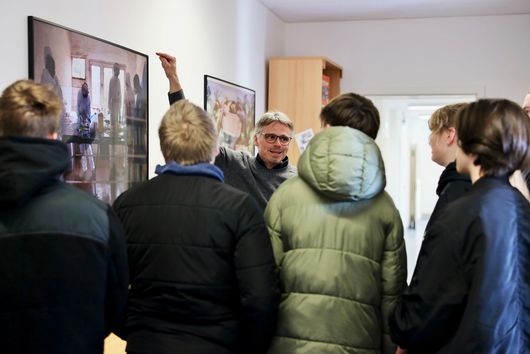
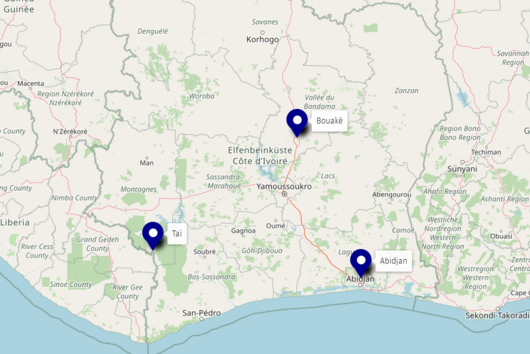
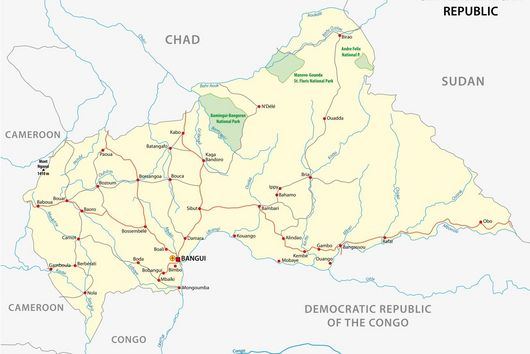
![[Translate to English:] Glaskugel mit Schema zum One Health Ansatz](/fileadmin/HIOH/__processed__/6/3/csm_header_6000px-format4-3-150dpi_72_f8c5bcd651.png)
![[Translate to English:] Portrait von Prof. Fabian Leendertz](/fileadmin/HIOH/__processed__/6/5/csm_Portrait-Fabian-Leendertz-Copyright_Stefan_Sauer_72_bf4b2ab673.jpg)
![[Translate to English:] Portrait von Fabian Leendertz © Stefan Sauer](/fileadmin/HIOH/__processed__/8/0/csm_copyright_Stefan_Sauer_72_1396ecab68.jpg)
![[Translate to English:] Hauptgebäude der Universität Greifswald](/fileadmin/HIOH/__processed__/b/9/csm_copyright_Greifswald_University_Jan_Messerschmidt_c6f86932c5.jpg)